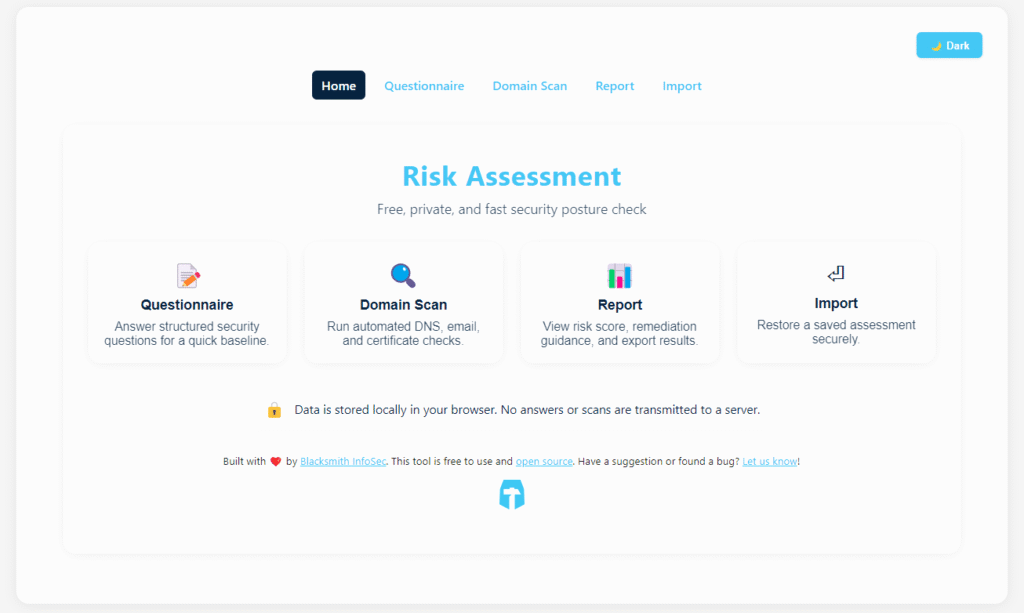The explosion of connected devices and faster networks is fundamentally redefining cybersecurity in 2025. With millions of new IoT devices deployed in fields ranging from manufacturing to healthcare, and 5G networks rapidly scaling up worldwide, organizations now face a vastly widened attack surface. Hackers are quick to target these new entry points—and without proactive defense, businesses risk falling behind. Securing the expanding digital perimeter is no longer optional; it’s mission-critical for risk management and regulatory compliance.
The Expanding Attack Surface
Several factors are converging to stretch the boundaries of corporate networks:
-
IoT everywhere: From smart cameras and sensors in factories to wearables in hospitals and smart thermostats in office buildings, the number and diversity of internet-connected endpoints has surged. These devices often process sensitive data and interact with critical infrastructure, making them valuable targets for attackers.
-
The rise of 5G: Fifth-generation network technology delivers low latency, lightning-fast speeds, and the ability to connect more devices than ever. But increased throughput and new architectures, such as network slicing and edge computing, also mean greater complexity and more potential vulnerabilities.
Recent incidents highlight the gravity of these trends: There have been breaches in healthcare due to exploitations of connected medical devices, and ransomware groups have leveraged insecure smart building controls in manufacturing. Threat actors recognize that as organizations grow their connected environments, detection gaps and misconfigurations provide novel opportunities for compromise.
Unique Security Challenges with IoT and 5G
Safeguarding IoT and 5G environments introduces new and unique challenges:
-
Insecure device design: Many IoT devices still lack robust built-in security features such as firmware validation, strong authentication, and routine patching. Manufacturers often prioritize usability over security, resulting in widespread default credentials and unpatched vulnerabilities.
-
Asset management headaches: Tracking every device — often with disparate hardware, software, and network protocols — makes maintaining a secure inventory difficult. Shadow IoT, or devices implemented without IT oversight, further complicate visibility.
-
5G-specific threats: With 5G, network slicing and distributed architectures can enable the rapid spread of attacks, amplify DDoS risks, and allow attackers to bypass traditional perimeter controls.
-
Lateral movement: Once inside, attackers can use IoT and 5G-connected assets to pivot to more sensitive parts of the network, exploiting weak segmentation or poorly enforced access controls.
Successfully defending against these evolving threats means developing a deeper understanding of your environment — and treating every endpoint and connection as a potential risk vector.
Best Practices for Visibility and Asset Management
Effective cybersecurity begins with knowing what you need to protect. For organizations leveraging IoT and 5G, maintaining continuous visibility into all networked assets is paramount. Start by compiling a comprehensive inventory of every connected device and regularly updating this database as new hardware is deployed. Automated discovery tools, real-time network scanners, and continuous monitoring platforms can help reveal unauthorized or rogue devices that traditional asset registers might miss. Security teams should integrate these tools with existing endpoint management solutions, ensuring prompt detection of anomalies and rapid assessment of device vulnerabilities.
Network Segmentation and Policy Enforcement
Segregation is the cornerstone of resilient network defense. By segmenting IoT and OT (Operational Technology) networks from sensitive business systems, organizations can prevent attackers from moving laterally between less secure devices and critical infrastructure. Enforcing least-privilege access through strong authentication and role-based access control (RBAC) can restrict device communication to only what’s necessary for business operation. Leveraging micro-segmentation within virtual networks further enhances containment, tailoring firewall and access policies to each device or cluster. Regular policy audits are essential, ensuring segmentation rules keep pace with organizational change and evolving threats.
Actionable Steps for Security Leaders
Security leaders grappling with the realities of IoT and 5G must take decisive and strategic measures. Start by updating risk assessments to reflect the expanded digital ecosystem — including new threats associated with emerging devices and high-speed connectivity. Implement or refine network segmentation to ensure that vulnerable endpoints and critical business assets are properly isolated. Invest in endpoint monitoring and automated vulnerability management to identify and address gaps quickly. Finally, ensure your workforce receives ongoing training and awareness campaigns about the unique risks posed by IoT and 5G — empowering staff to recognize and respond to suspicious activity as part of a comprehensive defense strategy.
Summing It Up
As organizations accelerate their IoT and 5G adoption, defending against new cyber threats becomes more demanding — and more essential. By prioritizing visibility, rigorous segmentation, and proactive response planning, security teams can contain risk and maintain resilience in the face of an expanding attack surface. Regular review of policies and adaptation to evolving technology trends will help keep defenses one step ahead. In 2025 and beyond, the most secure organizations will be those who treat every connected device as a potential security frontier — and invest early in comprehensive, adaptive protection strategies.



